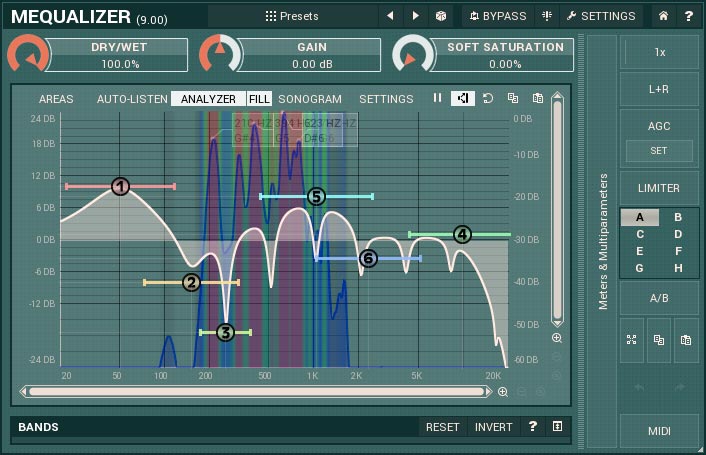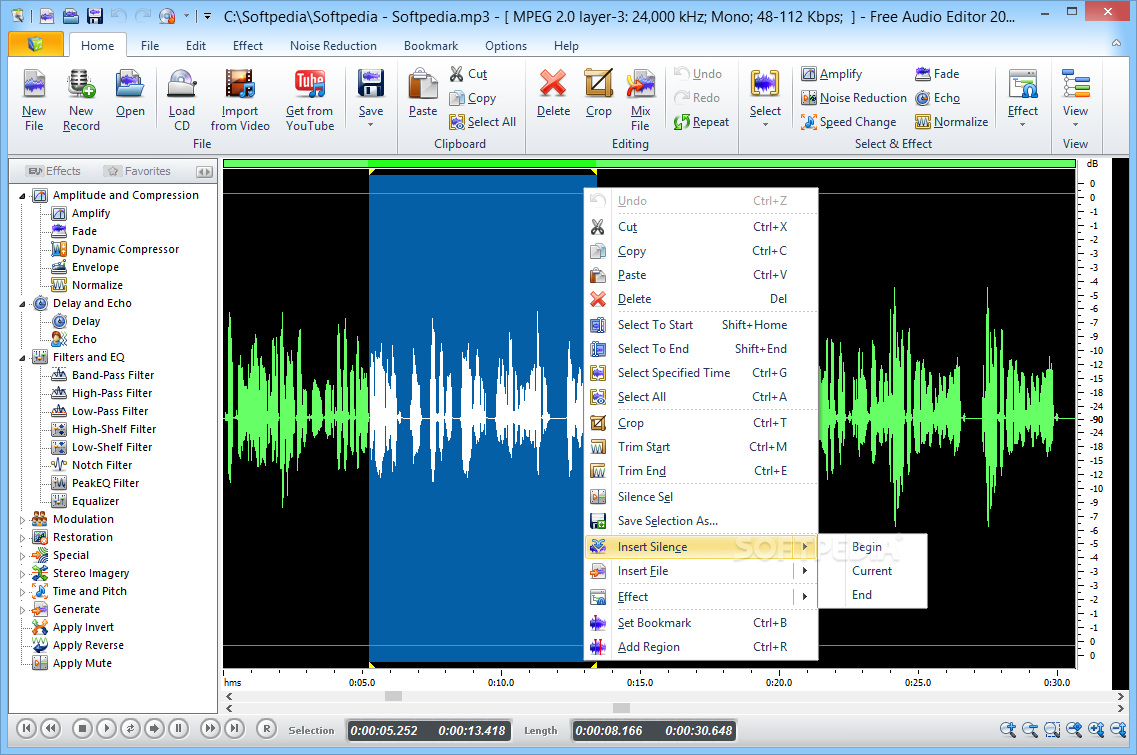This download is licensed as shareware for the Windows operating system from audio and video editors and can be used as a free trial until the trial period ends (after an unspecified number of days). The Auto Tune Evo VST 6.0.9.2 demo is available to all software users as a free download with potential restrictions and is not necessarily the. Audacity is free software. To build Audacity yourself, download the source code. Open your browser and go download the Auto-Tune Evo VST for Audacity. Downloading the Autotune EVO old version; Extract the zip file and install it. In the installation process choose the path Desktop for VST Plugin.
You'll need a plug-in to use autotune in Audacity.- GSnap: Getting Autotune for Audacity. GSnap (from GVST) is a plugin that enables the auto-tune effect. It is free to download and install in your Audacity. It can be used to correct your pitch and create a robotic voice effect. Here are the steps to follow if you want to get a free autotune for Audacity. Mar 01, 2018 Auto-Tune Evo VST free.
- How to autotune in Audacity by adding the GSnap plug-in GSnap is the most popular free autotune plug-in for Audacity, and installing it is largely the same regardless of whether you're using.

- You can enable autotune in Audacity by installing the GSnap plug-in.
- GSnap is a free Audacity plug-in that can help you autotune your audio files.
- GSnap can be used with Audacity on Windows, macOS, and Linux devices.
- To install GSnap, you'll just need to copy its file into Audacity's 'Plug-Ins' folder, and then enable it in Audacity.
- Visit Business Insider's Tech Reference library for more stories.
If you've ever needed to correct a song's pitch or tuning in Audacity, you might be surprised to realise there isn't an autotune feature bundled with Audacity's many default audio effects.
Download Free Autotune For Audacity Recording
However, you can still use autotune (not to be confused with the Auto-Tune brand) in Audacity by downloading a free plug-in called GSnap. GSnap allows you to autotune and adjust the pitch of your recorded files on Windows, Mac, and Linux computers.
Here's how to get GSnap, and add it to Audacity.
How to autotune in Audacity by adding the GSnap plug-in
GSnap is the most popular free autotune plug-in for Audacity, and installing it is largely the same regardless of whether you're using Windows, MacOS, or Linux.
Of course, you need to make sure you have installed Audacity on your computer before you can use GSnap.
1. On a computer that has Audacity installed, go to gvst.co.uk/gsnap.htm and click on the link that corresponds to the operating system of the computer you're using. For example, if your computer runs on Windows, click on the link beneath 'Windows.' If there are multiple links listed underneath your respective operating system, try the 32-bit VST version first and see if it works before trying the 64-bit VST version.
Download the right version of GSnap for your system.
2. Select a location on your computer to save the GSnap plug-in and click 'Save' when you're finished. Remember where you save it â€' you'll need to come back to it later.
3. GSnap will begin downloading in your internet browser as a zipped file. Once it finishes downloading, open the zipped file. There will be two files inside of it â€' one called 'GSnap,' and another called 'GVSTLicense.'
4. Copy the file called 'GSnap.' You can do this either by right-clicking on it and selecting 'Copy,' or with a keyboard shortcut (Ctrl + C on PC).
GSnap will be a .dll, .vst, or .so file, depending on what type of computer you have.
5. Using a new file browser window, you'll need to open Audacity's plug-ins folder. To find it, navigate to where you saved Audacity to on your computer when you downloaded it. For example:

- You can find it by default in Windows at either C:Program Files (x86)AudacityPlug-Ins or C:Program FilesAudacityPlug-Ins.
- In macOS, go to your Applications folder and right-click Audacity's icon, then select 'Show Package Contents.' Then open the folders 'Contents,' and 'plug-ins.'
You might be able to find the folder by searching for it.
6. Paste the GSnap file you copied into this Plug-Ins folder. You can do this by right-clicking and selecting 'Paste,' or by using the keyboard shortcut (Ctrl + V on PC).
Put the copied file into Audacity's plug-ins folder.
7. If you receive a message asking for administrator permission, click 'Continue' and wait for any pending downloads to complete.
8. Open Audacity. If you already had it open, you need to restart it in order for GSnap to be recognised.
Autotune Plugin
9. In Audacity, open an existing audio file or record a new one.
10. Under Audacity's 'Effect' tab, click on 'Add/Remove Plug-ins…' You'll need to manually add the plug-in using this menu.
11. Find GSnap in the file list and click on it. Then, click 'Enable.'
You need to enable the GSnap plug-in in Audacity before you can use it to autotune.
12. From now on, when you view the 'Effect' tab on Audacity, GSnap will be listed as one of the available effects. When clicked, it will open a window that lets you autotune your audio file.
GSnap will likely be listed in the second section of effects.
The GSnap window itself has over a dozen knobs and options, each of which can be used to autotune the selected audio. Experiment with the options, or check out GSnap's online manual for more information.
You'll likely need to tinker with the GSnap menu to figure it out.